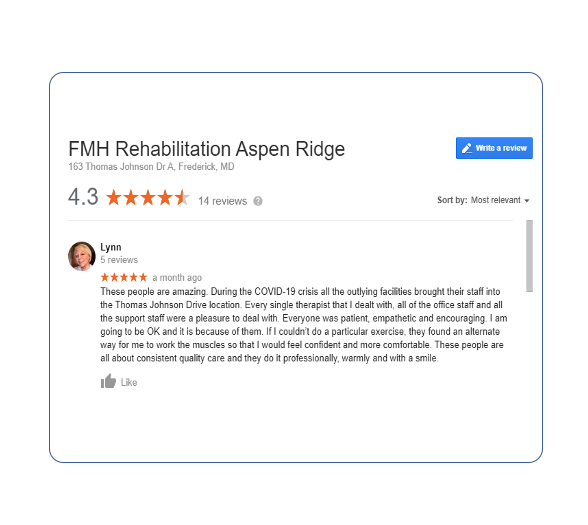From Weekend Warrior to Recovery Warrior
From Injury to Impact: The Power of Physical Therapy in Sports Rehab
From Weekend Warrior to Recovery Warrior
You live for the challenge—early morning rides, weekend hikes, late-night pickup games. You push hard, chase goals, and thrive on movement. But it only takes one misstep, a lingering ache, or a sudden strain to bring everything to a halt.
When pain starts to interfere with your routine, being active can feel more frustrating than fulfilling. That’s where physical therapy comes in to help you recover, rebuild, and return to the life you love, feeling stronger and more prepared than before.
More Than Just Rehab
Physical therapy isn’t just about treating injuries. It’s about understanding how your body moves, finding what’s holding you back, and guiding your recovery with intention. At Tx:Team, our licensed therapists specialize in helping active adults overcome joint pain, muscle strains, and overuse injuries that come from doing what they love most.
Whether it’s a knee that flares up after long runs, a sore shoulder from intense workouts, or a back that won’t ease up, we create a plan that’s specific to your needs and your goals. Every session builds on the one before it, progressing as your strength, stability, and mobility return.
Healing Takes a Team
Many of the injuries we treat—like knee pain, rotator cuff strains, ankle sprains, and hip tightness—can often be resolved without surgery through targeted rehabilitation. But when surgery is needed, physical therapy becomes even more important.
Pre-surgical therapy helps strengthen and prepare your body, laying a solid foundation for recovery. After surgery, therapy supports healing, restores full function, and reduces the risk of re-injury.
At Tx:Team, we take a team-based approach. Our physical therapists work with your healthcare team closely throughout your recovery. This collaboration ensures your care is seamless, your progress is closely monitored, and your rehab plan is adjusted in real time as your body responds.
Our multidisciplinary approach is built to support your entire journey from initial diagnosis to full recovery with one goal in mind: getting you back to the activities you enjoy most, safely and confidently.
Ready to Move Forward?
You don’t need to be a professional athlete to receive expert care. We believe every active adult deserves a recovery plan that’s focused, personalized, and built for lasting success.
If you’re dealing with pain, stuck in recovery, or simply want to move better, ask your provider for a referral to physical therapy. Let’s take the next step together and turn your setbacks into a comeback.

 Women’s issues are important and most women suffer needlessly because they are not aware of the rehabilitation programming designed especially for women. Many patients suffer in silence from disorders caused from pregnancy, disease, musculoskeletal injury and surgery, or an unknown etiology.
Women’s issues are important and most women suffer needlessly because they are not aware of the rehabilitation programming designed especially for women. Many patients suffer in silence from disorders caused from pregnancy, disease, musculoskeletal injury and surgery, or an unknown etiology.